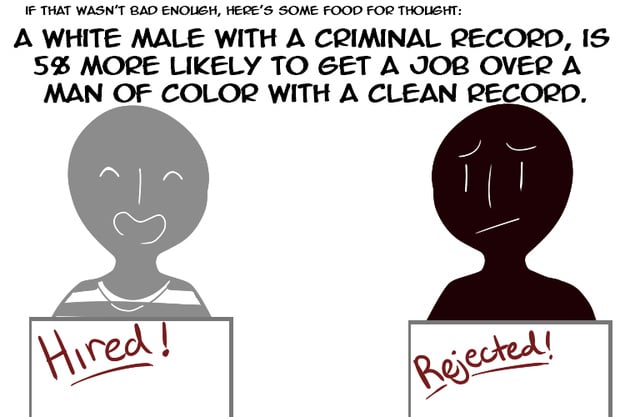Unlearning the Myths That Bind Us
By: Linda Christensen
Quote 1:
"I start by showing students old cartoons because the stereotypes are so blatant. We look at the roles women, men, people of color, and poor people play in the cartoons. I ask students to watch for who plays the lead, Who plays the buffoon? Who plays the servant? I encourage them to look at the race, station in life, body type of each character, What motivates the character? What do they want out of life? What's their mission? If there are people of color in the cartoon, what do they look like? How are they portrayed? What would children learn about this particular group from this cartoon? How does the film portray overweight people? What about women other than the main character? What jobs do you see them doing? What do they talk about? What are their main concerns? What would young children learn about women's roles in society if they watched this film and believed it? What roles do money, possession, and power play in the film? Who has it? Who wants it? How important is it to the story? What would children learn about what's important in society?"
I believe that this quote is very relevant to the text because it is essentially what the whole text is about. This particular quote gets people thinking; well at least it got me thinking. While reading through these questions I started to run over certain Disney characters in my mind. It always seems to be a white, muscular male who is the hero, and then an unrealistic-looking female character as the damsel in distress. The women always seem ditsy and act as if they would not know what to do without the male around. Also, thinking of characters that are colored, when '
The Princess and the Frog' came out, and the main character was black, people made a HUGE deal about it.
Quote 2:
"Bur, like the original tale, Cindy Ellie's main goal in life is not working of the homeless or teaching kids to read. Her goal, like Cinderella's, is to get her man. Both young women are transformed and made beautiful through new clothes. new Jewels, new hairstyles. Both have chauffeurs who deliver them to their men."
I feel like this quote is to show the reader, (and the students in her class) that while some progress is being made, it doesn't mean we can just forget about the other issues. Teaching kids that needing to transform with material items in order to be beautiful is still a serious problem.
Quote 3:
"During a class discussion Sabrina said: "I realized these problems weren't just in cartoons. They were in everything - every magazine I picked up, every television show I watched, every billboard I passed by on the street."
This is what I feel like the author wanted everyone to see. While sexism, racism, etc are very relevant in cartoons, when you look around you can see them in every day life. It is a very big problem with society, and this article, and what the students did, really pointed it out.

(Crows from Dumbo)
Questions/Comments/Points to Share
In my opinion, this article was definitely one of the most interesting/revealing ones that we have read this semester. My first question I have is what other shows/movies do you see this in? Is there anything you can think of where you DON'T see this? Another question I have is if you read the hyperlink on the Princess and The Frog, what's your opinion on it? Do you think it's still racist?


